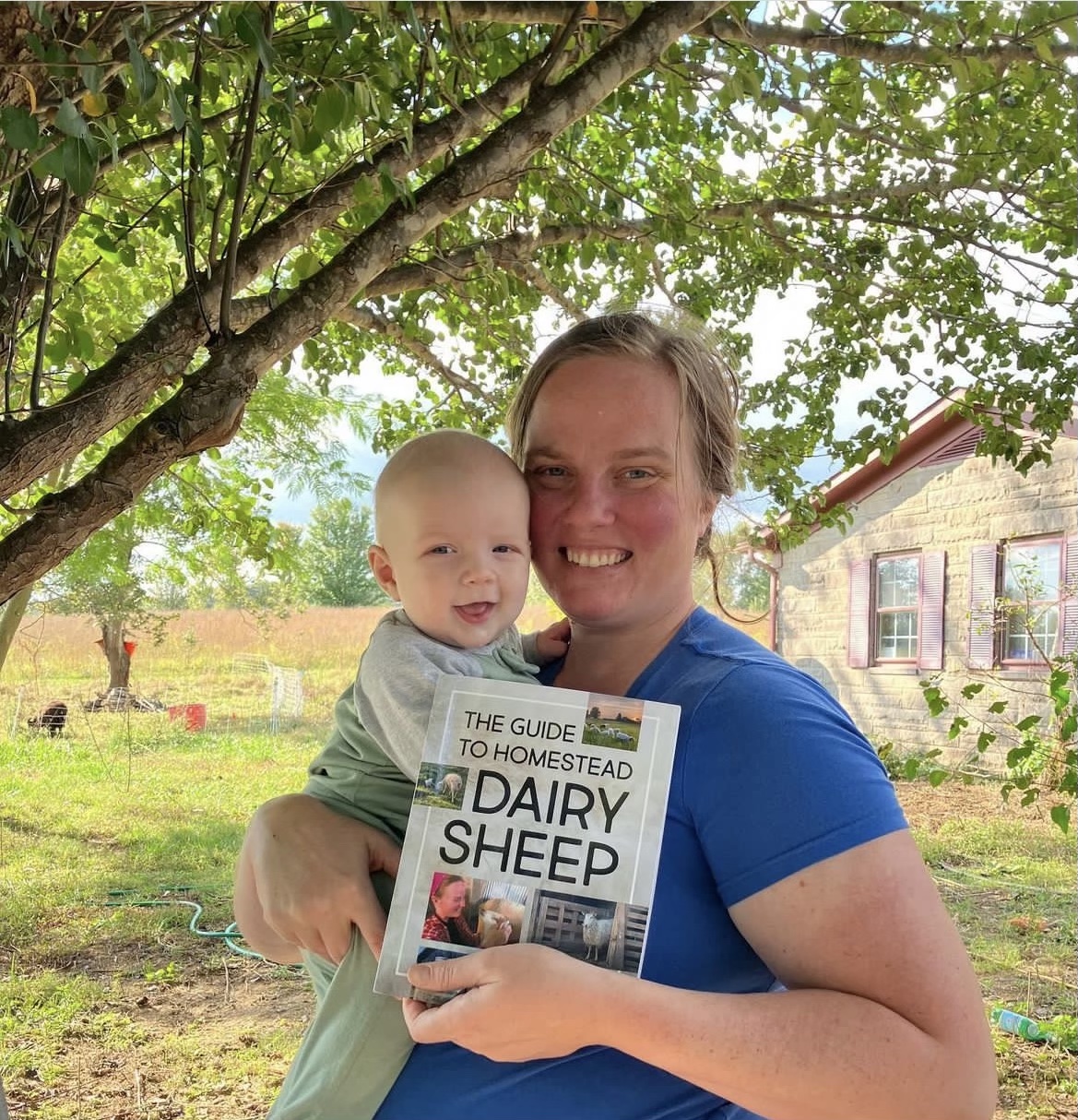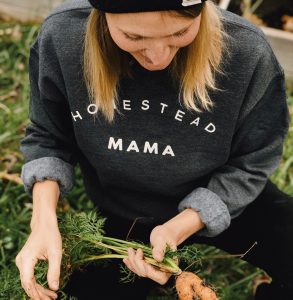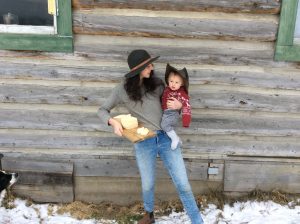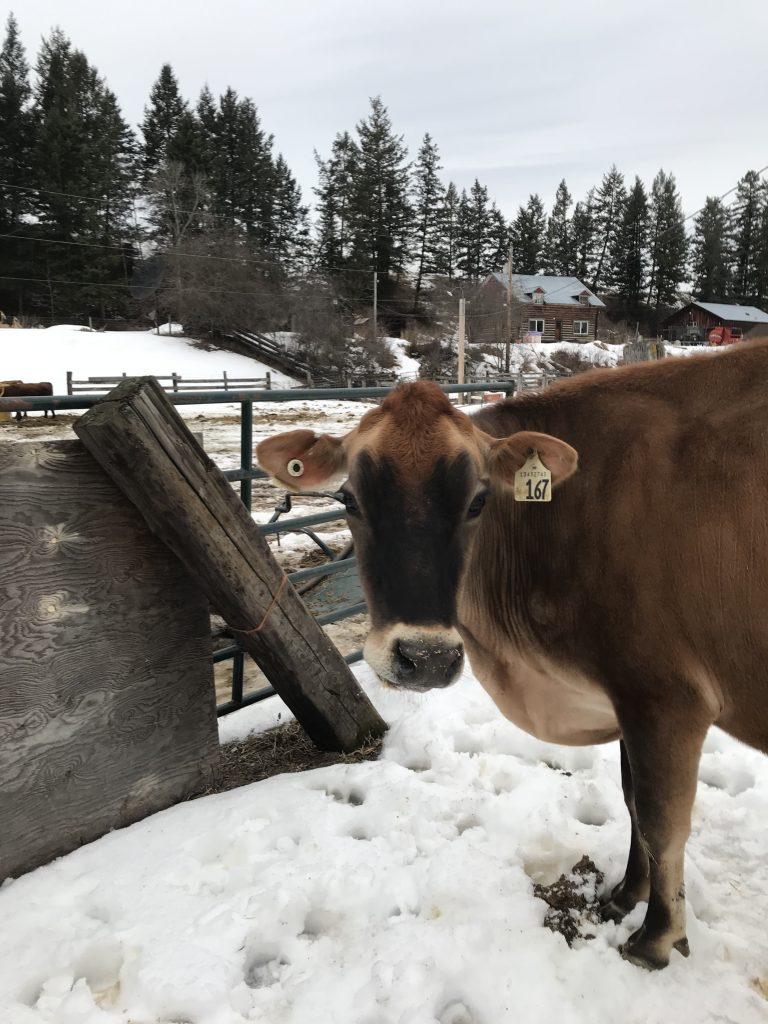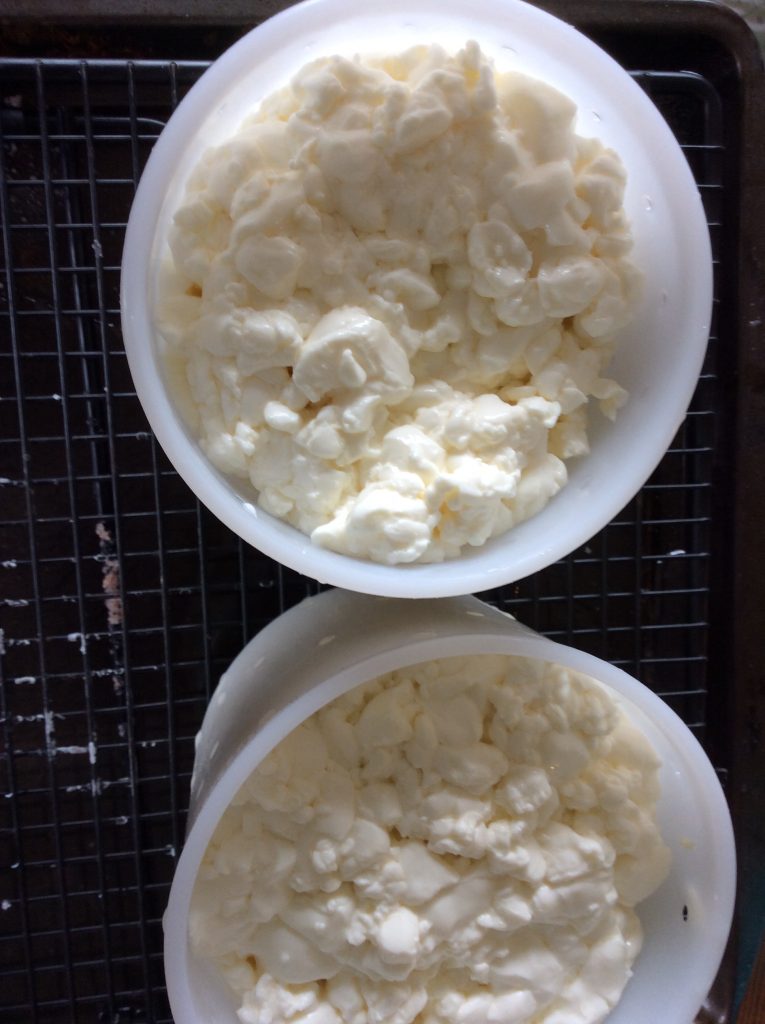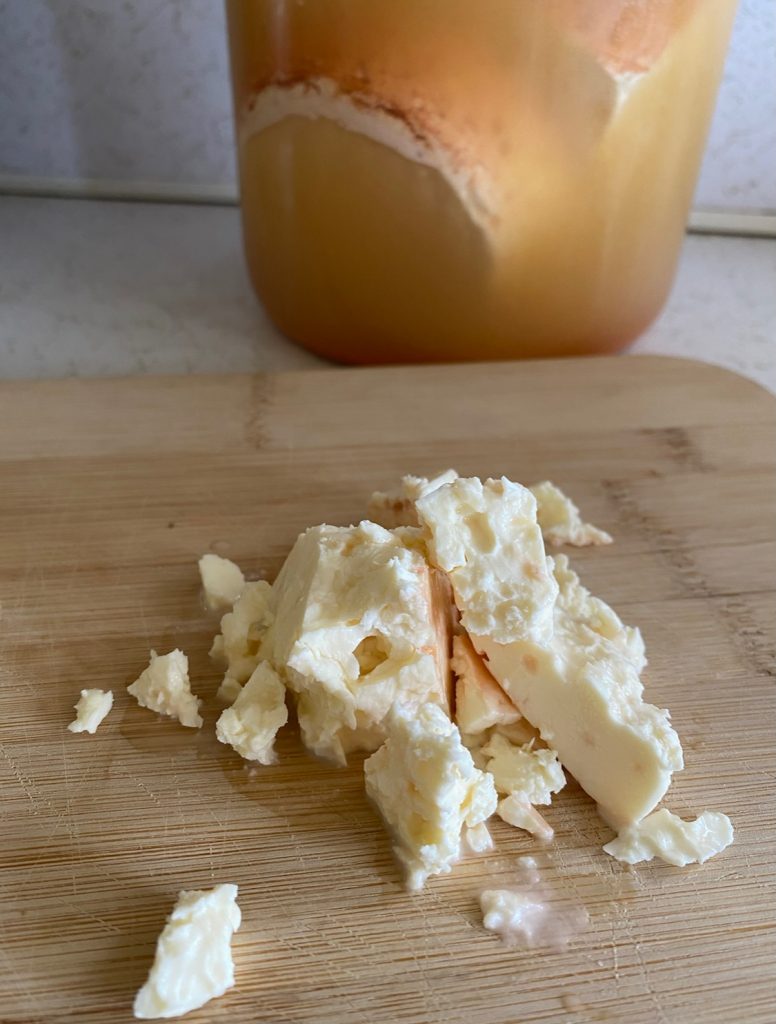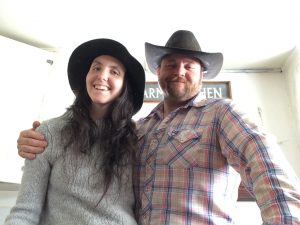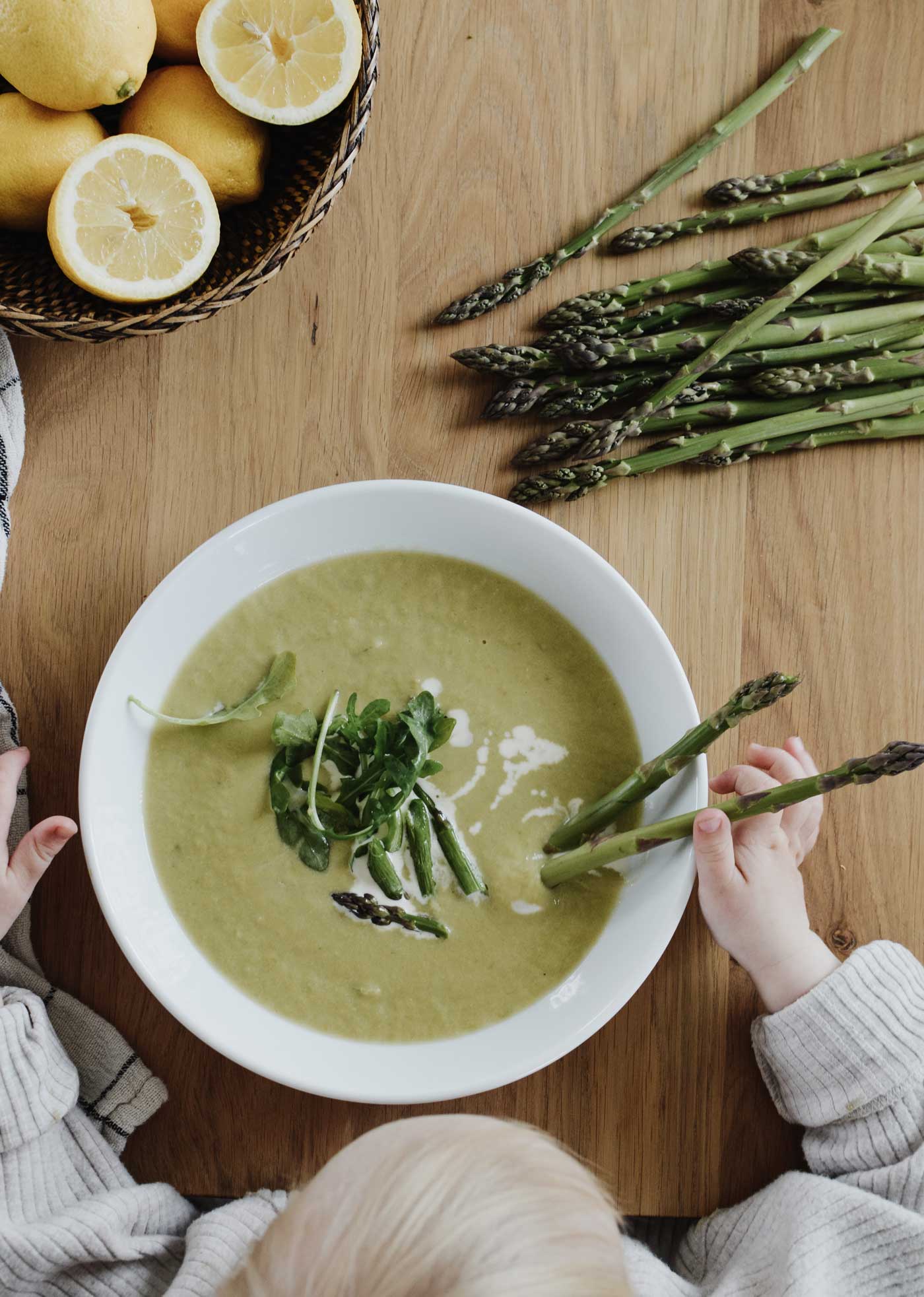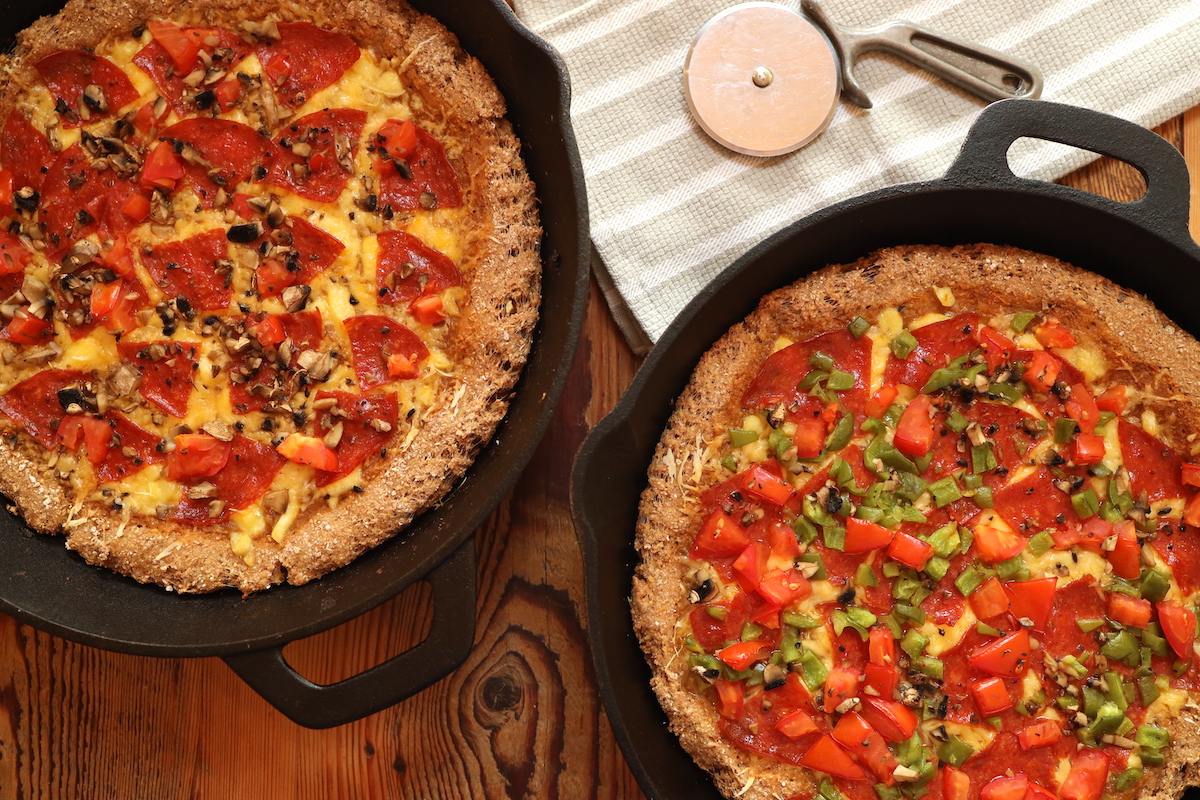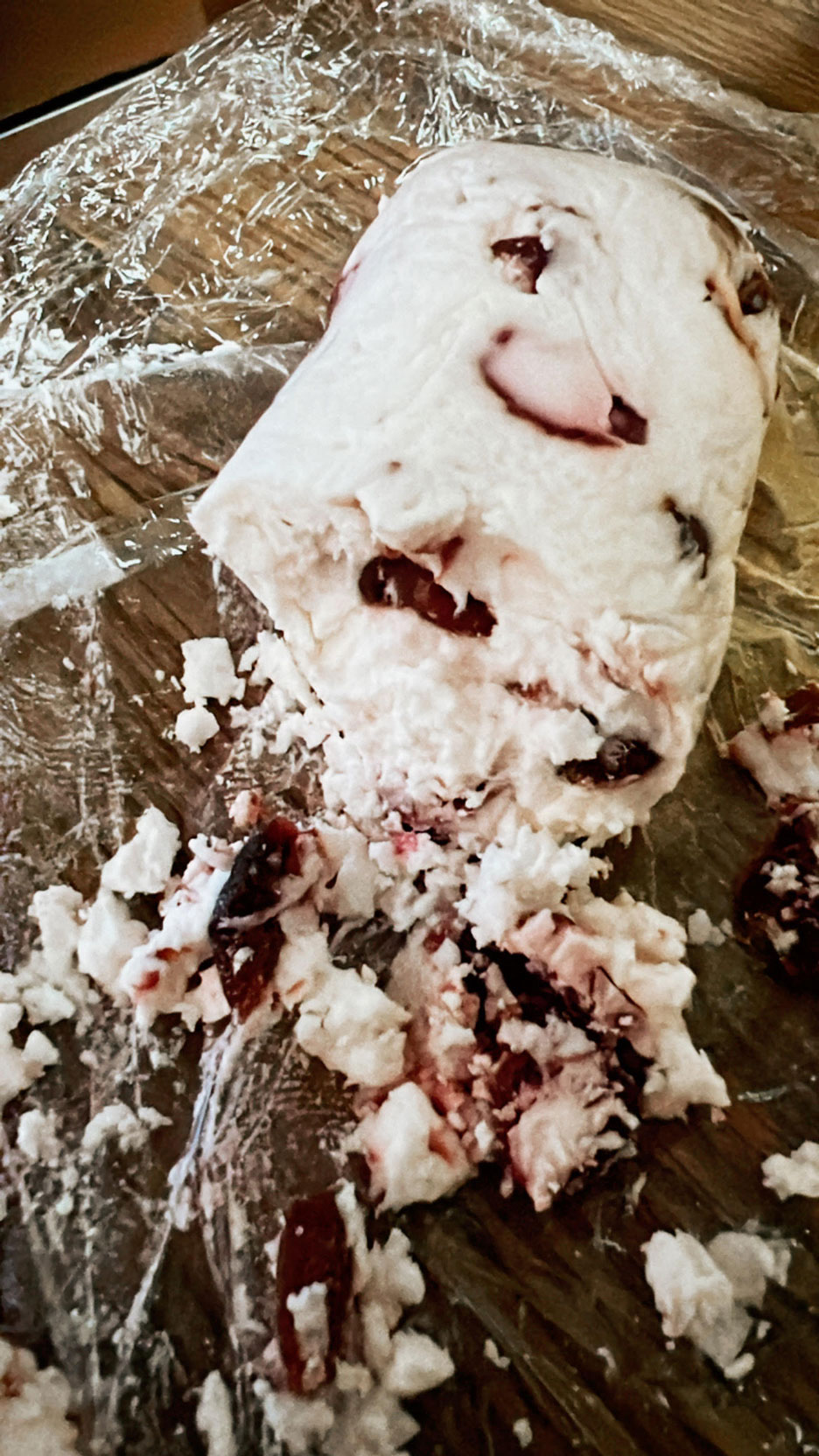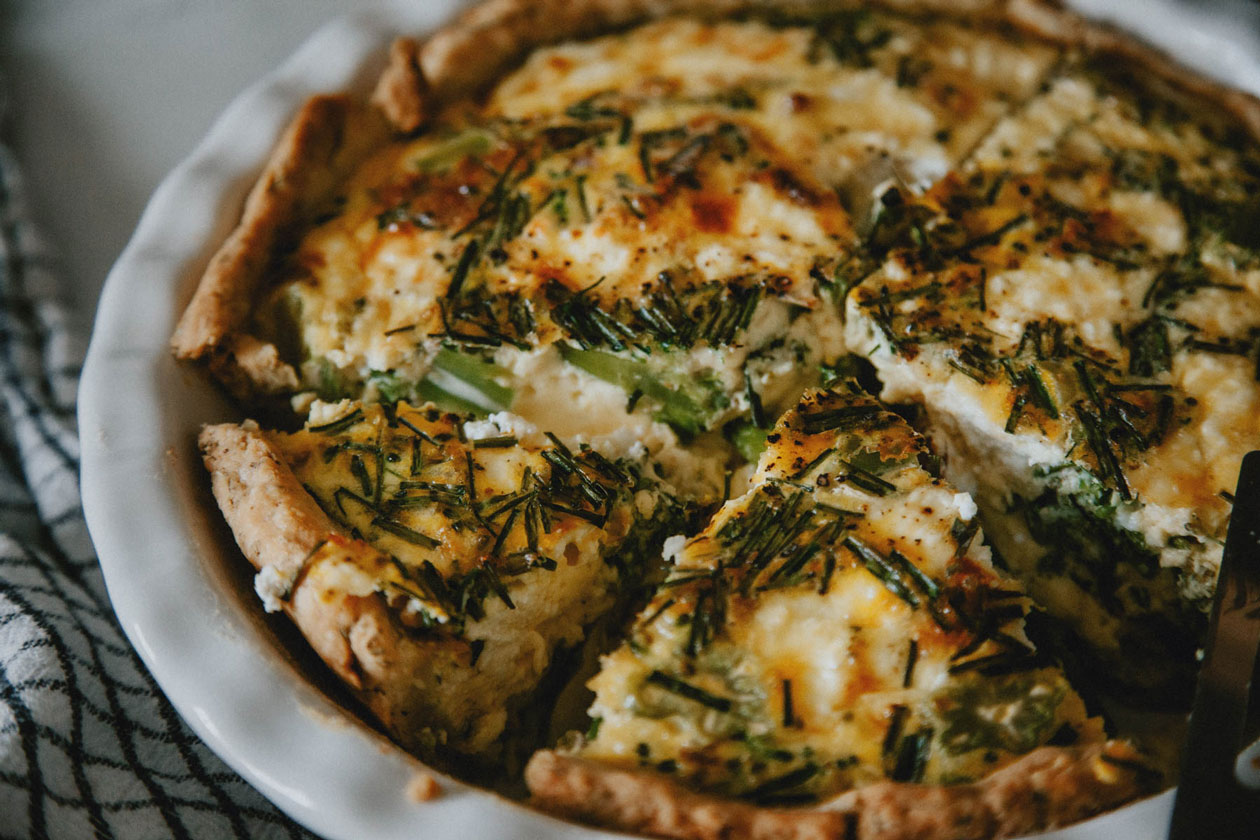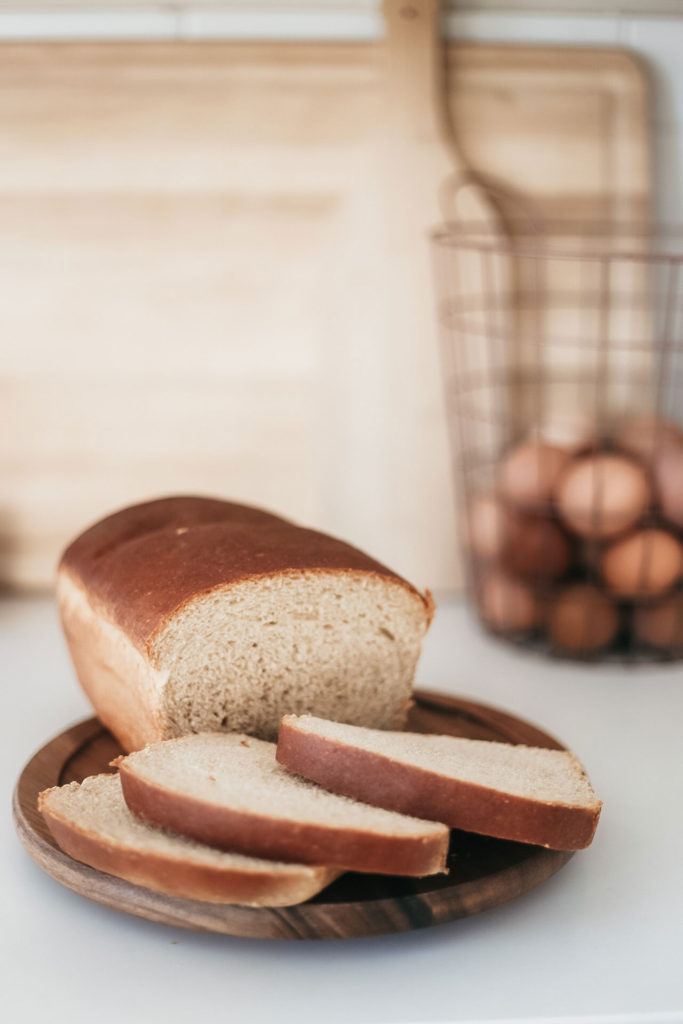Homemade Feta Cheese Recipe
This cheese recipe is great for someone just starting out with cheesemaking. You needn’t figure out pressing, or a designated aging area. All you really need is a few gallons of good quality raw milk, a few simple ingredients, and a pot to fit it all in.
I am also including at the bottom, a “kids cheese”, a way for you to include your children in your cheesemaking. This “kids cheese” will work for any rennet coagulated cheese, acidified by a culture. My children love having the opportunity to make their own little cheeses alongside my own, and I love that I can foster this independence and exploration, while also getting my cheesemaking done.
Ingredients
2.5 Gallons Good Quality Raw Milk ( if you are not using raw milk, see notes)
1/2 tsp Freeze Dried Mesophilic Culture
1/2 tsp Liquid Calf Rennet
Fine Ground Salt (with no additives)
Step 1: Warm Milk to 88-90F
Step 2: Add Culture, and allow to rehydrate for 5 min, before gently, but thoroughly incorporating into milk.
Step 3: Put lid on Pot and Ripen 1 hour.
Step 4: Dilute Rennet in 1/4 cup cool water. Incorporate gently, but thoroughly into milk.
Step 5: Let sit covered for 30 min to 1 hour until you achieve a clean break. A clean break is when you stick your finger under the surface of the curds, and gently lift upwards. The milk should split at the surface, in a “clean break”.
Step 6: Check for a clean break.
Step 7: Cut a grid of 3/4 inch cubes. This means cut horizontally, vertically, and up and down so that your curds are 3,4 inch cubes. Let them sit for 5 min so that they “firm up”.
Step 8: Stir curds gently for 20-30 min or until they have shrunk slightly, and when pressed between your fingers, they break apart, but have a slight firmness, similar to a poached egg.
